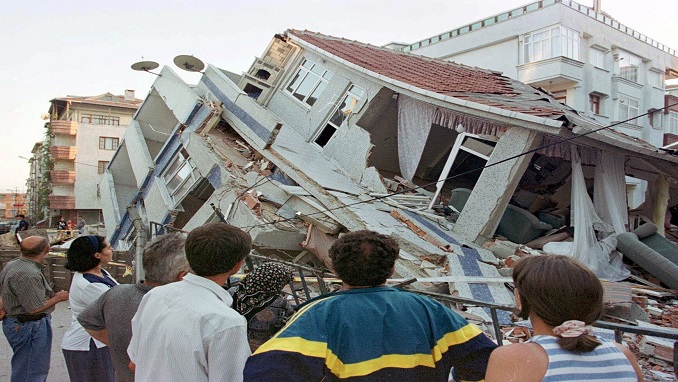
After the natural disaster earlier this month which claimed tens of thousands of lives, scientists and public figures have warned that the quake might have been a “rehearsal” for what could come next- a powerful earthquake in Istanbul, Türkiye’s most populous and economically vital hub.
Turkish author Nedim Sener argued in his article in Hurriyet newspaper that Istanbul should prepare itself for a big shake, pointing out that unless people work on improving the seismic resilience of the city when the next Istanbul earthquake happens, the damage will swallow everyone.
Citing a risk assessment by Bogazici University’s quake research lab, Sener predicted that the loss of life would be greater than what Türkiye has just experienced with almost 13,500 structures expected to be heavily damaged, and hundreds of thousands of others affected to a smaller degree.
The risk assessment counted how many buildings would be impacted by an earthquake of 7.5+ magnitude in Istanbul, which is located near a tectonic fault line that passes under the Marmara Sea.
The last big quake in 1999, which killed over 17,000 people, struck some 80 km east of the city center, and 40km from its easternmost suburbs – in Izmit.
A warning that the risk of a major quake hitting Istanbul in the near future was growing also came from Istanbul Technical University’s Seismologist Naci Gorur, who said during a recent TV appearance that Istanbul’s risk of being hit by a tremor measuring over 7 magnitude within 30 years has increased to 80% from 62% in the aftermath of the 1999 disaster.
Citing calculations by Tom Parsons, a fellow researcher at the US Geological Survey, other Turkish scientists, and officials- including Istanbul Mayor Ekrem Imamoglu – have voiced similar concerns.
Pointing out the fresh survey by his municipality, Imamoglu warned that over 90,000 structures in the city were at risk of total collapse in case of a major earthquake, strongly criticized the central government for issuing an amnesty to more than 317,000 buildings that failed to meet earthquake resilience codes.

Be the first to comment